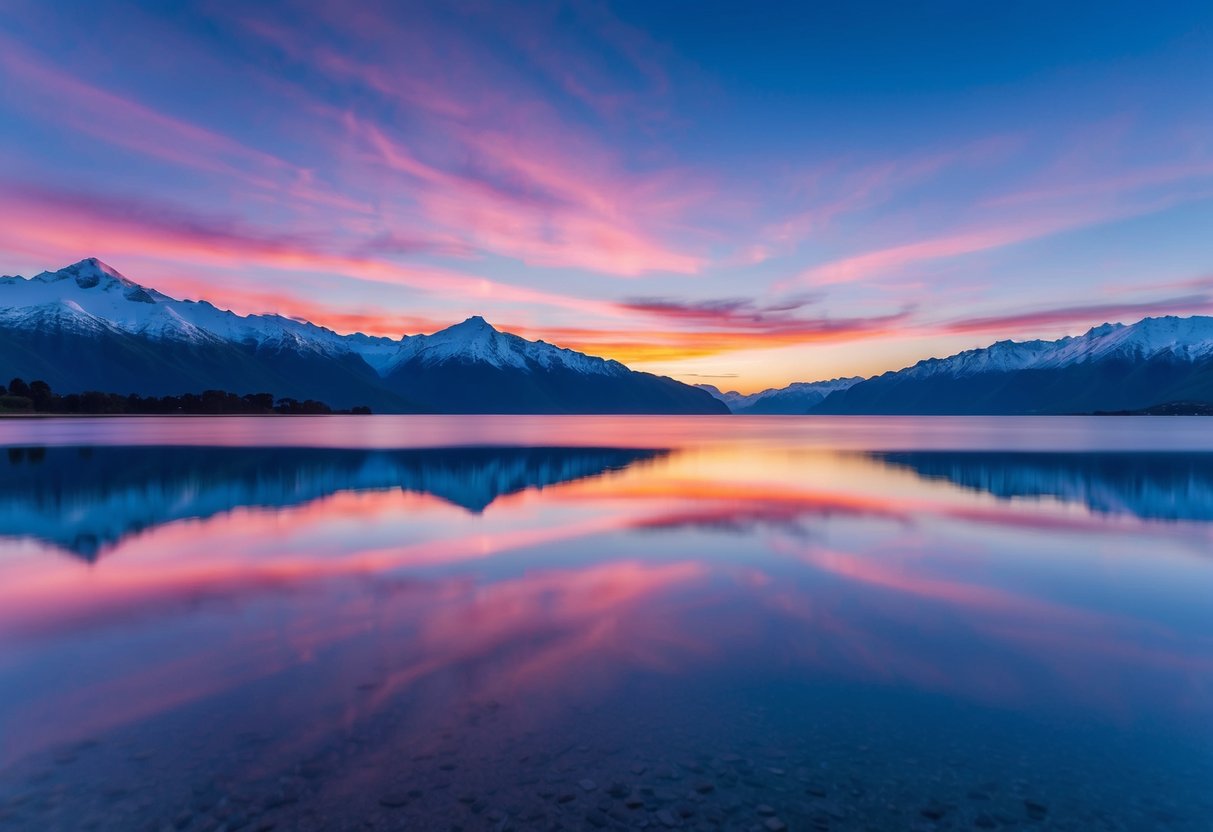
Conservation and Responsible Photography
Capturing New Zealand’s incredible landscapes means photographers have special responsibilities to protect and preserve the natural environment. Thoughtful practices are essential to maintaining the beauty and health of these areas. Staying on marked paths and respecting local regulations ensures minimal impact on fragile ecosystems.
Wildlife photography brings its own set of considerations. Photographers should prioritize the well-being of animals by keeping a respectful distance and using equipment like zoom lenses to avoid disturbing habitats. Patience is key, and waiting for natural behaviors often results in more authentic and ethical images.
Respect for local customs and traditions is vital. In some sensitive areas, permission from indigenous communities may be required. Understanding these cultural elements not only enriches the photographic experience but also fosters good relationships with the people who call these places home.
Having knowledge of light conditions and weather patterns is beneficial, but so is being ready to leave no trace. Carrying out all gear, trash, and personal items guarantees that these pristine locations remain undisturbed for future generations.
Timing visits to less crowded hours and seasons can reduce environmental strain and provide opportunities for unique shots. Adjusting one’s schedule makes a significant difference not only in terms of conservation but also in capturing a unique perspective of a popular spot.
By integrating these responsible practices, photographers contribute positively to conservation efforts. Ethical photography is about more than just capturing a moment; it’s about ensuring that natural wonders continue to inspire for years to come.
Off the Beaten Path: New Zealand’s Hidden Gems
New Zealand boasts myriad landscapes, some of which remain hidden from the public eye. Adventurers willing to explore beyond the popular routes can find breathtaking and untouched scenery waiting to be captured.
Seeking Out Lesser-Known Locations
While many flock to famous sites, lesser-known spots offer equally stunning opportunities. The Archway Islands, located in the west of the North Island, present dramatic rock formations against serene waters. Photographers can capture unique angles, especially during sunset when the islands are beautifully silhouetted.
Hakatere Conservation Reserve offers diverse landscapes including lakes, forests, and open plains. This area is less frequented, making it a perfect spot for those looking to shoot uninterrupted nature in its purest form. The Catlins, located at the southeastern corner of the South Island, offers rugged coastlines and captivating waterfalls.
This region maintains a mysterious aura with its dense forests and secluded beaches, perfect for captivating shots. Exploring these sites requires a willingness to venture off well-trodden paths but rewards with vistas not seen on typical tourist trails.
Understanding the Importance of Capturing Untouched Scenery
Photographing hidden gems like New Zealand’s involves preserving the pristine and unspoiled nature of these landscapes. Each image captured from places like Hakatere Conservation Reserve and The Catlins provides a fresh perspective distinct from over-photographed locations.
The quest for untouched landscapes also highlights the importance of documenting these areas in their original state, fostering an appreciation for conservation. Capturing unique angles and lighting in these secluded spots ensures that the natural beauty remains a testament to New Zealand’s diverse ecosystems.
These hidden locations present photographers with the opportunity to tell new stories through their lenses, creating images that stand out in their portfolios. This pursuit enriches both personal experience and contributes to the broader artistic community.